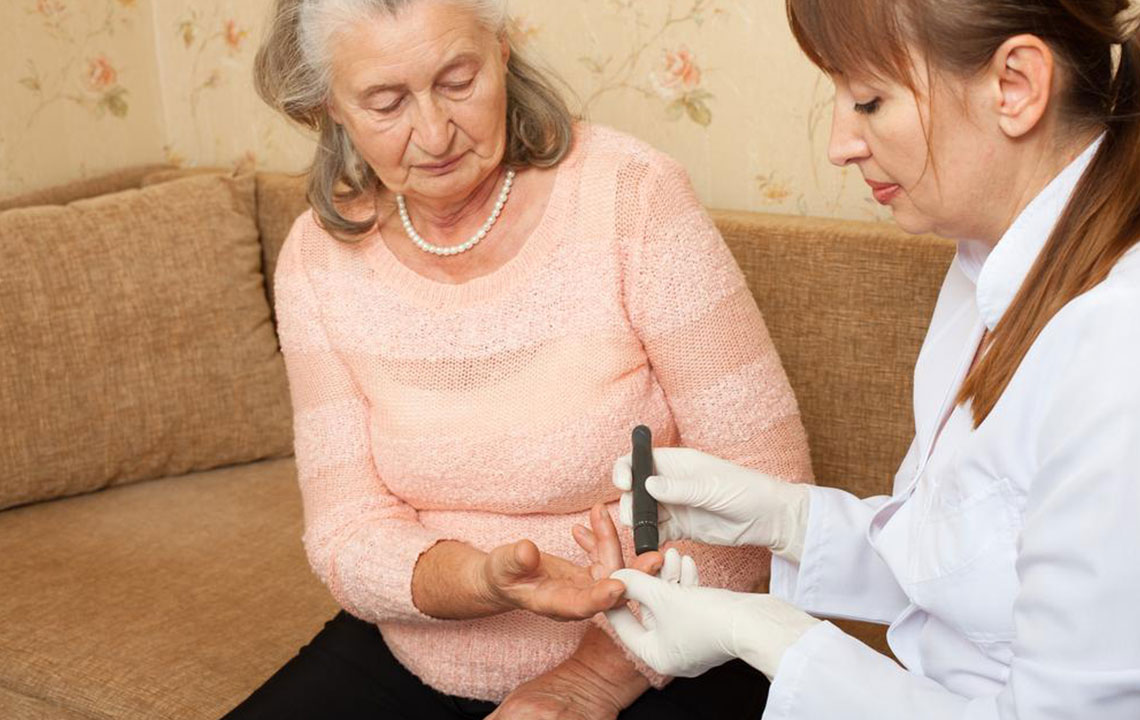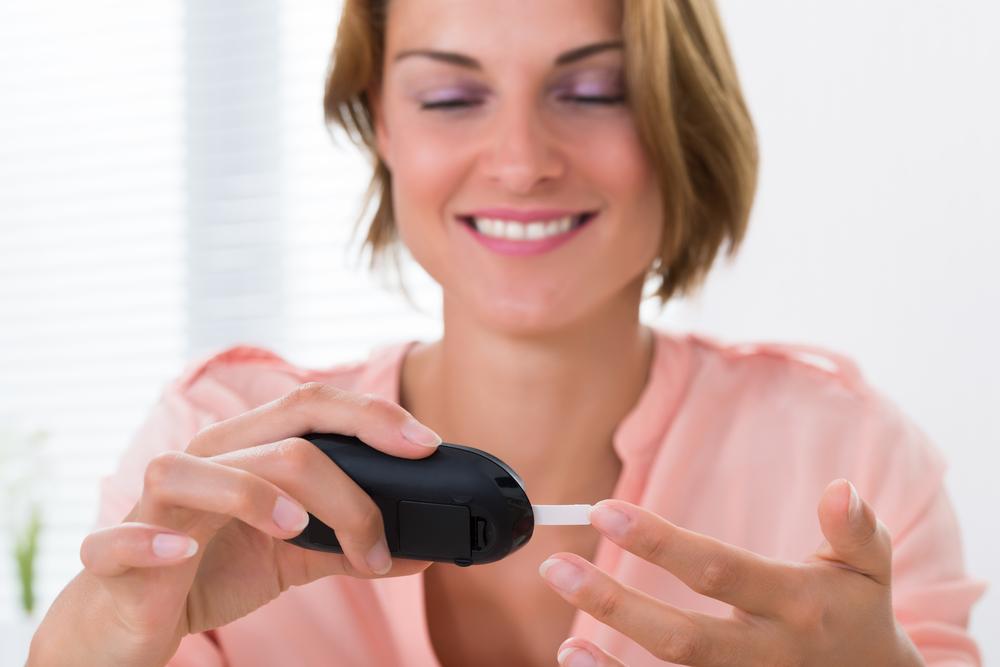What Are Normal Blood Sugar Levels and How to Test Them
Treatment for diabetes aims to bring blood sugar level as close to normal range as possible. It is important to know what are normal blood sugar levels and if and how normal ranges of blood sugar can be attained by yourself.
The information regarding the difference between “glucose” and “sugar” must be given first. Sugar is the general term used for sweet carbohydrates that can dissolve in water. Carbohydrate is characterized by the type of food that is made of oxygen, carbon, and hydrogen only.

There are several types of sugars. Living beings use the sugar called “glucose.” Other sugars are fructose from fruit or lactose from milk, which we eat. These get converted in our bodies into glucose. Then the same is used for energy. Human bodies also break down starches into glucose. Starches are sugars fused together.
When people ask what are normal blood sugar levels or what is blood glucose, they mean the same. In the US, blood sugar is usually reported in milligrams of glucose per deciliter of blood (mg/dl). Whereas in the UK and Canada, blood sugar is measured in millimoles/liter (mmol/L).
What are normal blood sugar levels?
Blood sugar levels vary throughout the day. Thus, the normal levels also vary accordingly. For those who do not have diabetes, they must have a fasting blood sugar level below 100 mg/dl, when they wake up in the morning. Normal sugars range from 70–99 mg/dl before meal time. Postprandial sugars, measured after two hours of lunch, should normally be less than 140 mg/dl. If you’re wondering what are normal blood sugar levels, these ranges are for those who do not have diabetes.
For people who have diabetes, should keep their blood-sugar levels before meals between 80–130 mg/dl and after meals, the levels should be under 180 mg/dl as per the advice of the American Diabetes Association. Most diabetics under the supervision of their doctors strive to get to the blood sugar range close to non-diabetic people. This is because there may be complications due to high blood sugar. To maintain lower range of blood sugar, one must follow a strict diet religiously. They must also prevent their sugar levels to go below the normal range, which is more dangerous than having high sugar levels. It is difficult for people with diabetes to keep their sugar levels in check but not impossible.
There is a long-term glucose test called hemoglobin A1C, A1C, or HbA1c. This test is performed to give you an average reading of the past 2 to 3 months. The reading of HbA1c is given in percentage. People without diabetes must have the range below 5.7% and for those with diabetes; the recommended ranges by the ADA are 7.0% or lower.
The result of higher glucose levels is inflammation in the nerves and blood vessels. The complications of diabetes crop up from here. Thus, you must not get to the point where your blood sugar levels are very high.
In people without the disease, the insulin function keeps blood glucose levels in control. However, with diabetes, the insulin function damages in the patient. You must give your body all the help you can. You must start by eating right, taking medicines on time, take herbs, exercise, and remain stress-free as much as possible.
You must always ensure that with everything you do to keep blood sugar under control, never let it go below the normal range as that would make you a patient of hypoglycemia, which causes confusion, dizziness, and fainting.
Normal ranges for blood sugar
Fasting
– Normal for people without diabetes: 70–99 mg/dl or 3.9–5.5 mmol/L.
– ADA advise for people with diabetes: 80–130 mg/dl or 4.4–7.2 mmol/L.
2 hours after meals
– Normal for people without diabetes: Less than 140 mg/dl or 7.8 mmol/L.
– ADA advise for people with diabetes: Less than 180 mg/dl or 10 mmol/L.
HbA1c
– Normal for people without diabetes: Less than 5.7%
– ADA advise for people with diabetes: 7.0% or less
Testing blood sugar levels
If you are wondering what are normal blood sugar levels, you can know them at any instant you want by opting for a fingerstick blood test, using any glucose meter. Though you may feel a pinch on your fingertips and it will cost you money for the test strips, it is a good thing since you would get an accurate result. If you want to feel less or no pain and that too without the hassles of the needle sticks along with more information, you need to use a continuous glucose monitor or CGM. This device would measure blood sugar using a sensor inserted under your skin, mainly on the abdomen. Presently, you need to calibrate CGMs twice a day with a regular blood sugar monitor.
Blood sugar testing must be frequent for those who intake intermediate-acting or rapid-acting insulin. You must take the insulin in the right dosage to prevent your blood sugar level from dipping too low.
If you are suffering from Type 2 diabetes and are not on insulin, it is up to you how much you want to test. Keep a record of everything you do due to diabetes so that you can use them when required.




